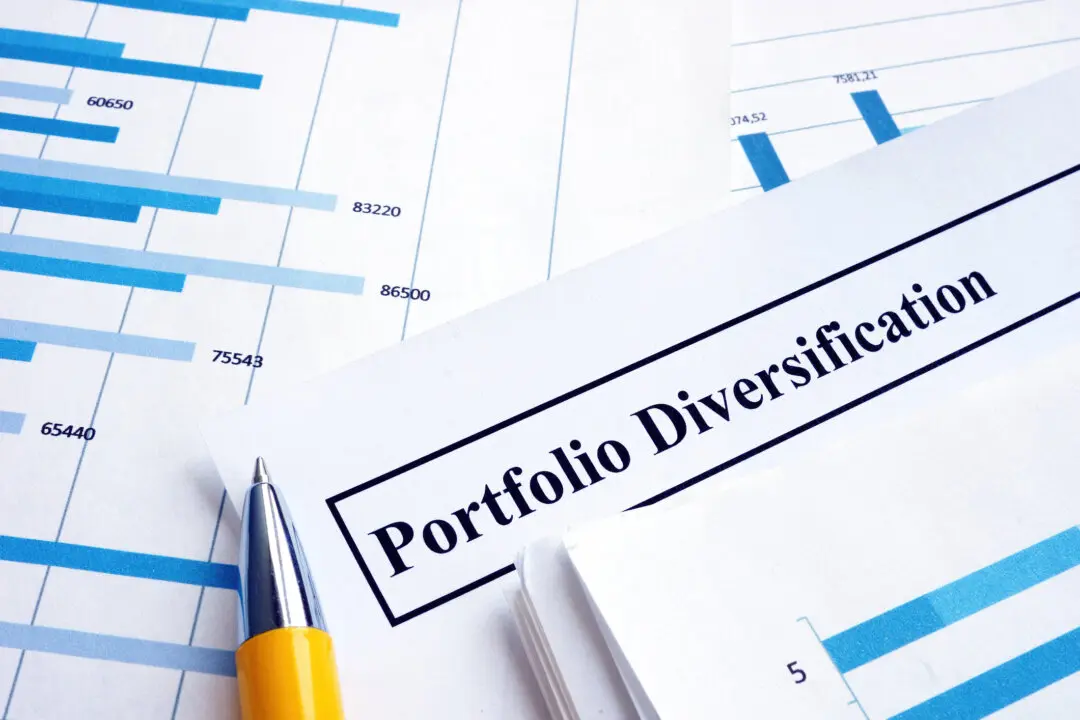By James Royal
From Bankrate.com
Knowledge is power on Wall Street, and investing pros have the reputation of being the most knowledgeable. But if you’re not a pro? Well, individual investors can still take advantage of many of the pros’ top techniques and turn some of their own knowledge into real investing success.






